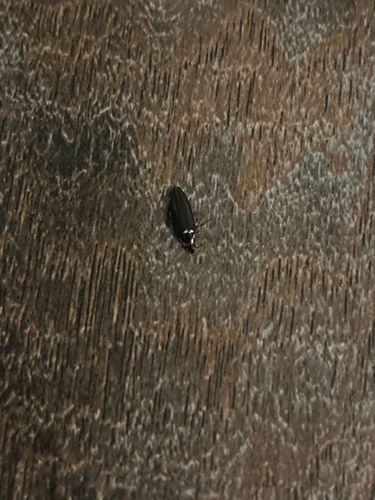Plume Moth
Scientific Name: Family Pterophoridae
Order & Family: Order: Lepidoptera, Family: Pterophoridae
Size: Most plume moths have a wingspan ranging from 15 to 40 mm (0.6 to 1.6 inches). The body length is typically 8 to 25 mm (0.3 to 1 inch).

Natural Habitat
Plume moths can be found in various habitats where their host plants thrive, including gardens, fields, meadows, wetlands, and open woodlands. They are attracted to lights at night and may be found inside homes.
Diet & Feeding
Adult plume moths typically do not feed or feed on nectar. Larvae are phytophagous (plant-eating) and are very specific in their diet, usually feeding on a single family or genus of plants. Common host plants include those from the Asteraceae (daisy/aster family) and Lamiaceae (mint family).
Behavior Patterns
Plume moths are known for their distinctive T-shaped resting posture, where their wings are rolled up and held out to the sides, perpendicular to the body. They are generally nocturnal and are attracted to light. Their flight is often described as hovering or darting. Larvae are typically internal feeders within plant stems or flower buds.
Risks & Benefits
Generally considered harmless to humans. While larvae can cause some damage to host plants, they are not typically considered major agricultural pests. Some species can be beneficial as minor pollinators. Their presence indicates a healthy ecosystem.
Identified on: 8/26/2025